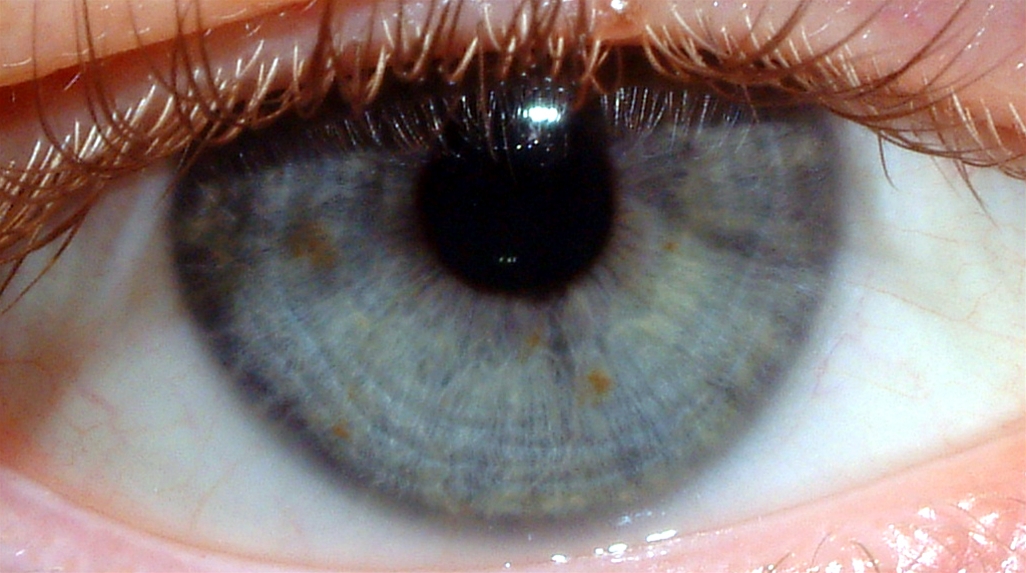Facts About Foreign Objects in The Eye
- A foreign body in the eye is when something hits the eye from the outside and causes pain, vision or other genes
- Sand, dust or insects are usually very shallow.
- Welding particles may penetrate deeper while metal pieces that hit the eye at high speed may penetrate deep into the cornea or conjunctiva
- By dusting and driping a dye into the eye, the doctor may see any corneal ulcer
- Most often there are no complications, but inflammation of the cornea or conjunctiva and scar tissue can cause visual disturbances
What is a foreign body in the eye?

Most people have tried to get something in the eye and know what causes this. Symptoms are typical and occur to varying degrees:
- Pain
- photophobia
- Feeling of having “something in the eye”
- lacrimation
- You usually know exactly when it happened
A foreign body can be many things, and different types of foreign matter can cause different types of injuries. Sand, dust or insects are usually very shallow.
Hot particles, such as after welding, may penetrate deeper. Metal pieces that hit the eye at high speed may penetrate deep into the cornea or conjunctiva. At worst, these may penetrate completely into the eye.
When a foreign body sticks to the eye, there is often a lot of discomfort or pain.
If you try to rinse the foreign body away, tear production is greatly increased and you notice that your eyes run into water.
How often is foreign body in the eye?
Foreign objects in the eye are a very common condition.
How is the diagnosis?
The history of sickness is so typical that neither the patient nor the doctor is in doubt about what has happened.
It is especially important for the doctor to know what the foreign body is made of (metal, glass, wood, etc.).
Often the foreign body will be easy to see, but in some cases it may be difficult or even impossible, to find the foreign body even in a thorough investigation.
The foreign body itself may have been rinsed or blinked away. The reason for the continued discomfort may be that the foreign body has left a corneal ulcer. To investigate whether the cornea has been damaged, a dye is dropped into the eye.
Any wounds will absorb the color and can thus be seen when the eye is examined.
What treatment is there?
A great deal of treatment can be done by yourself. The foreign body usually disappears without treatment, as the flashing reflexes and increased tear production make for this. It is important to be careful not to rub too much in the eye when you feel a foreign body. The eye may be flushed with running water from the faucet.
If the foreign body does not disappear by itself, it is important to remove it to prevent corneal cornea and prevent inflammation of any corneal ulcer.
The doctor will usually try to remove the foreign body after stabbing the eye with drops. To prevent inflammation of the wound, an antibiotic eye ointment is often treated for the first 1-2 days after treatment.
There may be a bandage.
If the foreign body is unable to remove or the doctor suspects that it may have penetrated the eye itself, you will be referred to an ophthalmologist.
The most important measure is the prevention of this type of injury when wearing protective goggles in exposed situations.
How are long-term prospects?
Foreign objects in the eye can cause complications:
- Cornea (cornea) or conjunctiva (sclera)
- The foreign body may leave a corneal ulcer . When the wound heals, scar tissue can form which may cause visual disturbances
- If the foreign body has penetrated the eye itself , it may involve an increased risk of cataracts , cataractsor retinal damage
But often it’s going well. Most people remove the foreign body without the inflammation of it or it is formed – and with as good a vision as before!
How do I avoid worsening the condition of foreign body in the eye?
Avoid being subjected to further damage and follow the advice given by your doctor until the genies disappear.
